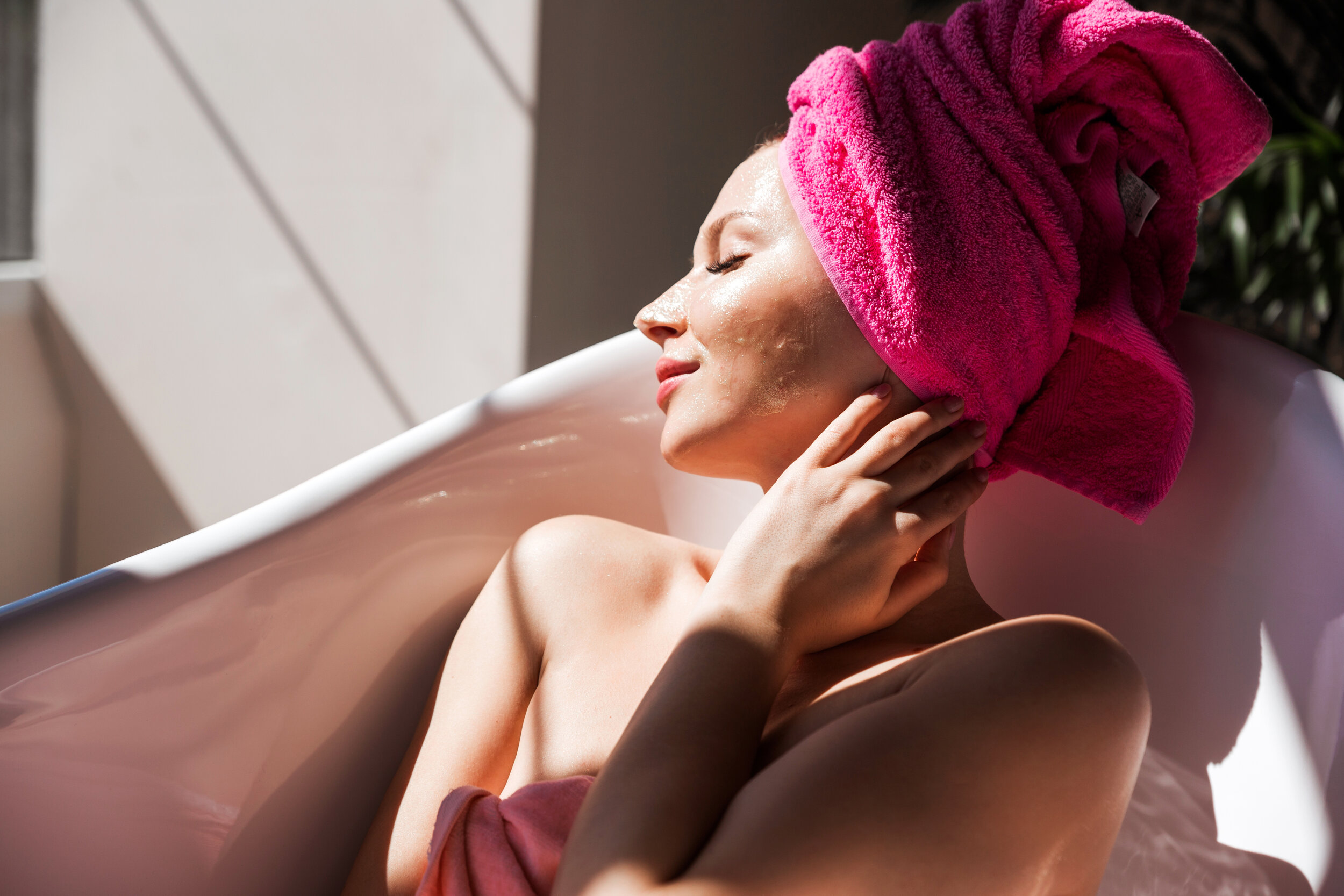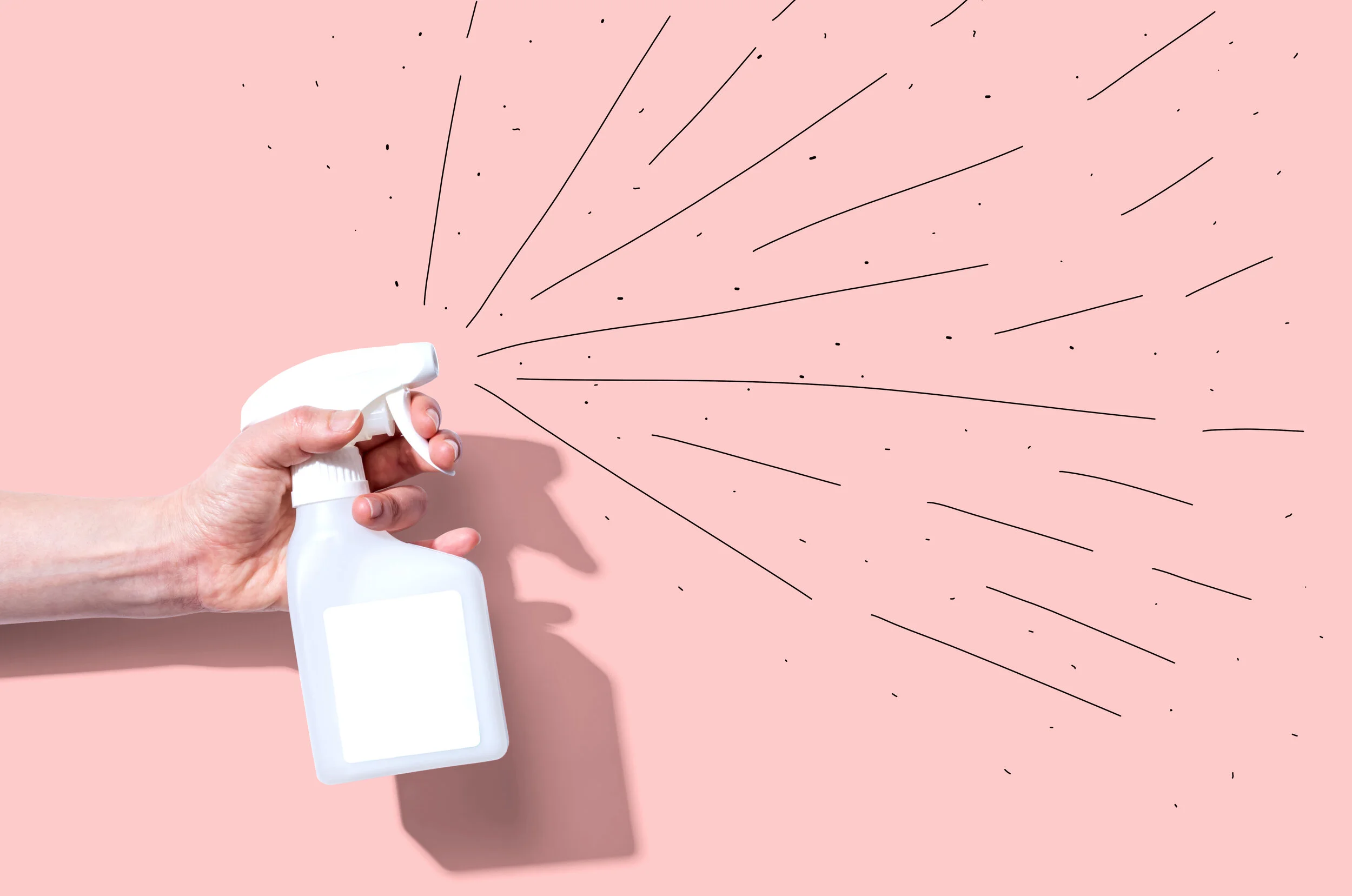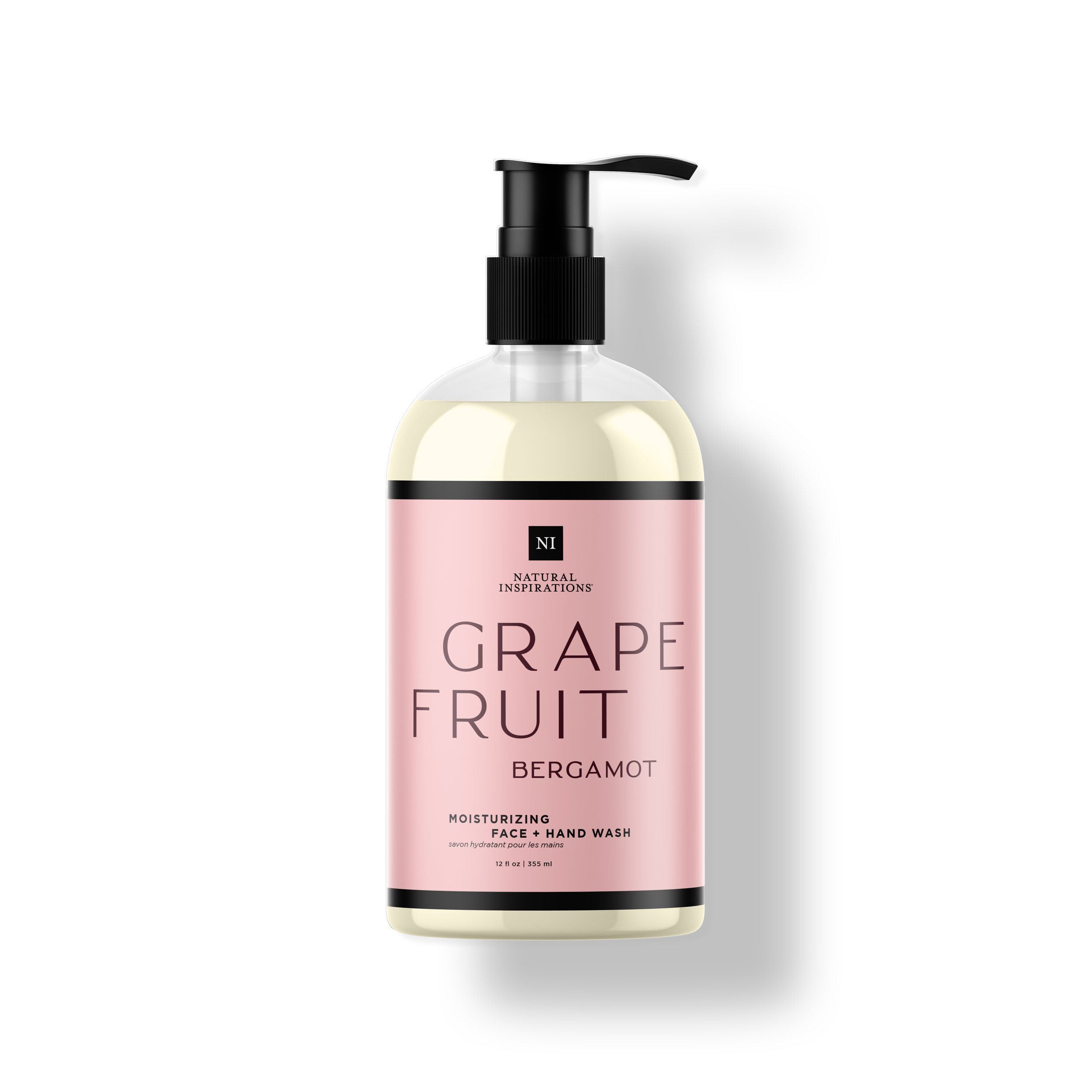Make your own DIY Face Masks with everyday household ingredients. Here's a list of the 10 most common and how you can use them.
Skin Care
DIY Spa Night at Home
Skin Care, Gift Guides, Self Care, Healthy Habits1 CommentSkin Care During Cancer Treatment
Skin Care, CancerCommentWhen a cancer diagnosis is handed down, there are so many things to think about – and skin care can seem like one of the least important to consider. However, the same treatments that kill off cancer cells also affect the growth of your skin cells. Cancer and cancer treatment can affect a person’s skin, hair, and nails. While these reactions are rarely severe, they can cause major discomfort. Patients may even want to stop cancer treatment because of these reactions.
What types of cancer treatments cause skin changes?
All cancer treatments have side effects, but patients are sometimes surprised by the skin changes they see when receiving treatment.
Radiation therapy-related skin problems.
When radiation therapy is used on cancer cells, it can also affect healthy skin cells. During each treatment, radiation passes through the skin located in the treatment field. Skin may become red, irritated, peeling, tanned, or appear to be sunburned. This can cause the skin to peel, itch or hurt. Most often it gets better a few weeks after treatment ends.
Chemotherapy-related skin problems.
When chemotherapy is used to treat cancer, it can cause changes to the texture, color, or health of the skin. Chemotherapy drugs stop cancerous cells from growing and multiplying, but healthy cells are affected too. When on chemo, skin cells don’t replace themselves like they normally would. Skin can become fragile, dry, rough, itchy, and red. Patients can experience peeling, cracks, sores, or rashes. Chemo may make skin more sensitive to sunlight, increasing the risk of sunburn.
Immunotherapy-related skin problems.
When immunotherapy is used to treat cancer, skin redness, blistering, and dryness are common reactions. Skin on the fingertips may crack. Skin may also become more sensitive to sunlight. A lot of scratching can break the skin, making it prone to infections. Inflammation around the nails can make grooming, dressing, and other activities painful or difficult.
What skin changes could be experienced?
Dry Skin.
Skin can be rough, flaky, red, and sometimes painful. It’s often caused by not having enough oil and water in the layers of the skin. Common causes of dry skin include dehydration, heat, cold, poor nutrition, and side effects of treatment.
Itchy Skin.
Itching can cause restlessness, anxiety, skin sores, and infection. Common causes of itching in people with cancer include dry skin, allergies, side effects of medicines, and cancer treatment.
Skin Rash.
A skin rash is a common side effect of certain types of cancer treatments. Rashes usually develop within a few weeks of receiving the treatment but can develop at any time. Patients may experience a rash that looks like acne or measles.
Changes in Skin Color.
Changes in the skin can be due to tumor growth, sun exposure, or the side effects of treatment. A person may look yellow because of liver problems, blue because of breathing problems, bruised because of blood disorders, or red because of skin problems.
Nail Changes
Some cancer treatments can cause nails to lift, break, or develop light or dark streaks or grooves. The cuticle surrounding nails may also swell and become painful and red.
How to protect & soothe skin during cancer treatment.
Because the skin is our largest organ and essential for protecting us from external risks such as infection, it is especially important to properly care for it during cancer treatment.
Use skin care products developed for sensitive skin. The rules that apply to sensitive skin are true for those going through cancer treatment. Choose products that are gentle, hydrating, and fragrance free. Avoid products with unnecessary chemicals like parabens, sulfates, phthalates, EDTAs, PEGs, synthetic dyes, and propylene glycol. Also avoid essential oils, which can be irritating to sensitive skin.
Here are some care guidelines to help protect and soothe skin during cancer treatment.
Keep skin clean
Bathe or shower daily using warm (not hot) water and a mild unscented soap. Rinse skin well and pat it dry with a soft towel.
When washing, be gentle with your skin. Don’t exfoliate or use a washcloth, loofah, or brush.
Moisturize often
Start using a gentle moisturizer when treatment begins. This can help minimize any skin reaction. Use an over-the-counter moisturizer that does not have any fragrances or lanolin, which can irritate skin.
Apply moisturizer at least two times a day.
Apply oils or creams around nails and cuticles to help keep them soft.
Avoid Irritating Skin
Avoid products that can irritate sensitive skin including soaps, detergents, and creams with irritating chemicals like sulfates, PEGs, propylene glycol, synthetic dyes and high levels of fragrance.
Wear loose-fitting, cotton clothing because it’s less likely to rub against skin and cause irritation. Wash clothes in a mild, dye-free, fragrance-free detergent.
Don’t use makeup, perfumes, powders, or aftershave in the area being treated.
Don’t use hot water bottles, ice bags, heating pads, or heat lights in the area being treated.
When in the sun, use a PABA-free sunblock with an SPF of 30 or higher.
Natural Inspirations’ Fragrance Free skin care products are gentle on skin that’s sensitive due to cancer treatment.
Gently nourish skin with rich, botanical ingredients and no harsh toxins. Hydrate, soften and soothe sensitive skin with lotions and crèmes loaded with skin-conditioning coconut oil and healing antioxidants.
Leaves skin feeling soft, calm and hydrated.
Helps soothe and restore suppleness.
Helps smooth skin and improve elasticity.
100% vegan and gluten free.
Looking for a special gift for someone that you love?
Try our Fragrance Free Gift Set! This includes some of our most-loved products; Nourishing Hand & Body Lotion, Ultra-Hydrating Mini Hand Crème and Ultra-Moisturizing Body Butter.
Healthy Skin Month: Why Your Skin Microbiome is Essential for a Beautiful, Healthy Glow
Healthy Habits, Face Care, Skin CareCommentWHAT IS SKIN MICROBIOME?
Just like your gut, your skin is home to an eco-system of billions of beneficial living microorganisms (bacteria, fungi and viruses) which live in and on your skin. This eco-system is our skin microbiome. A well-balanced microbiome works to keep your skin healthy and in good condition.
How does your microbiome affect your skin?
Your skin microbiome impacts what your skin looks and feels like day-to-day. A diverse microbiome is associated with skin health and can lead to more glowing, radiant and healthy-looking skin. The skin microbiome can assist in wound healing, limits allergen and UV radiation exposure, minimizes oxidative damage and helps keep the skin barrier intact and well hydrated. It also fights off threats by external factors such as bacterial transfer from external surfaces, certain cosmetic products, detergents and antimicrobials such as hand sanitizers. Keeping these microorganisms in balance may help to protect skin from certain conditions.
What happens if your microbiome is out of balance?
Inflammation can arise as the result of an imbalance or lack of diversity of the microbiome and manifest as acne, eczema or rosacea. When the balance shifts towards the bad bacteria, skin irritation or blemishes can develop.
How to nurture your skin biome for glowing, healthy skin
Nurturing your microbiome starts with being gentle to your skin. Here are some hints:
1. Stop using harsh soaps. Our growing soap usage may overly strip the skin which leads to redness, sensitivity and dryness. Avoid antibacterial soaps and eliminate harsh synthetic chemicals like sulfates (SLS/SLES). Sulfates are harsh detergents used for their foam-building properties and can cause skin irritation. Choose natural soaps for a kinder, gentler cleansing. Natural Inspirations has two gentle soap options that you might like — a bar soap and a liquid soap. They are sulfate free and still deliver a beautiful, moisturizing, skin-loving lather.
2. Don’t wash too often. Our obsession with cleanliness may be doing more harm than good for our skin microbiome. Clean only when you really need to – before bed to remove makeup, after a workout or an especially sweaty day -- to help maintain the skin’s natural oils and microbial balance.
3. Don’t use hot water in your shower or bath. Hot water washes away skin’s protective oils and can damage your skin cells which can cause broken capillaries and rashes. Rather, aim for lukewarm water and limiting your time to 10-15 minutes.
4. Hydrate – inside and out. Regular underhydrating can negatively affect your skin’s microbiome. Drink at least 64 ounces of water a day and use a microbiome-pampering moisturizer with humectants like glycerin. We have wonderful moisturizers that will LOVE your skin!
5. Sweat often. There is evidence that sweat may contribute to healthy skin bacteria.
6. Go natural. Wear natural clothing fibers like cotton, linen, hemp and bamboo to keep the skin flora in balance with other parts of your body including the armpits and groin area. Man-made synthetic fibers like polyester provide a welcoming environment for odor-causing bacteria and may harbor bacteria that are out of balance with the normal skin ecosystem.
Our skin is the largest organ of our body.
Most of us don’t give it enough credit for the incredibly efficient, exceedingly complex protective job it does for us. Anything we can do to create a healthy environment for our skin microbiome will help us to look our positively glowing best!





![AdobeStock_256126873 [Converted]-05.png](https://images.squarespace-cdn.com/content/v1/557cbd7be4b00198d215d2b0/1602610662361-9ZU1D7RRLUK02I2O2LW2/AdobeStock_256126873+%5BConverted%5D-05.png)
![AdobeStock_256126873 [Converted]-06.png](https://images.squarespace-cdn.com/content/v1/557cbd7be4b00198d215d2b0/1602610686733-RYFEFDIK2K74KEKZER0T/AdobeStock_256126873+%5BConverted%5D-06.png)
















Make your own DIY Face Masks with everyday household ingredients. Here's a list of the 10 most common and how you can use them.